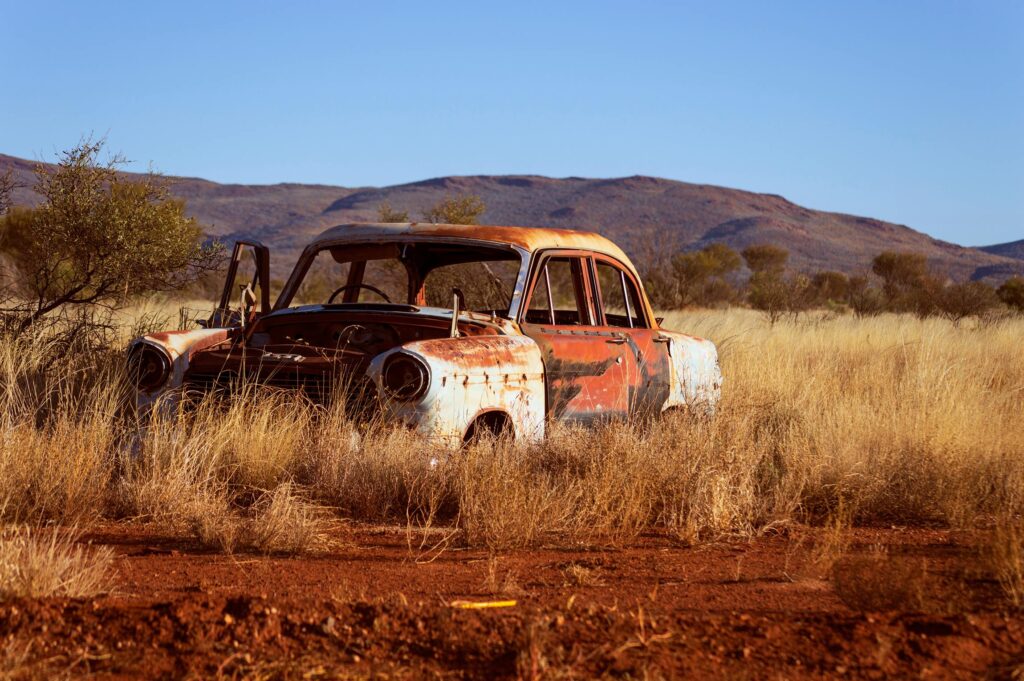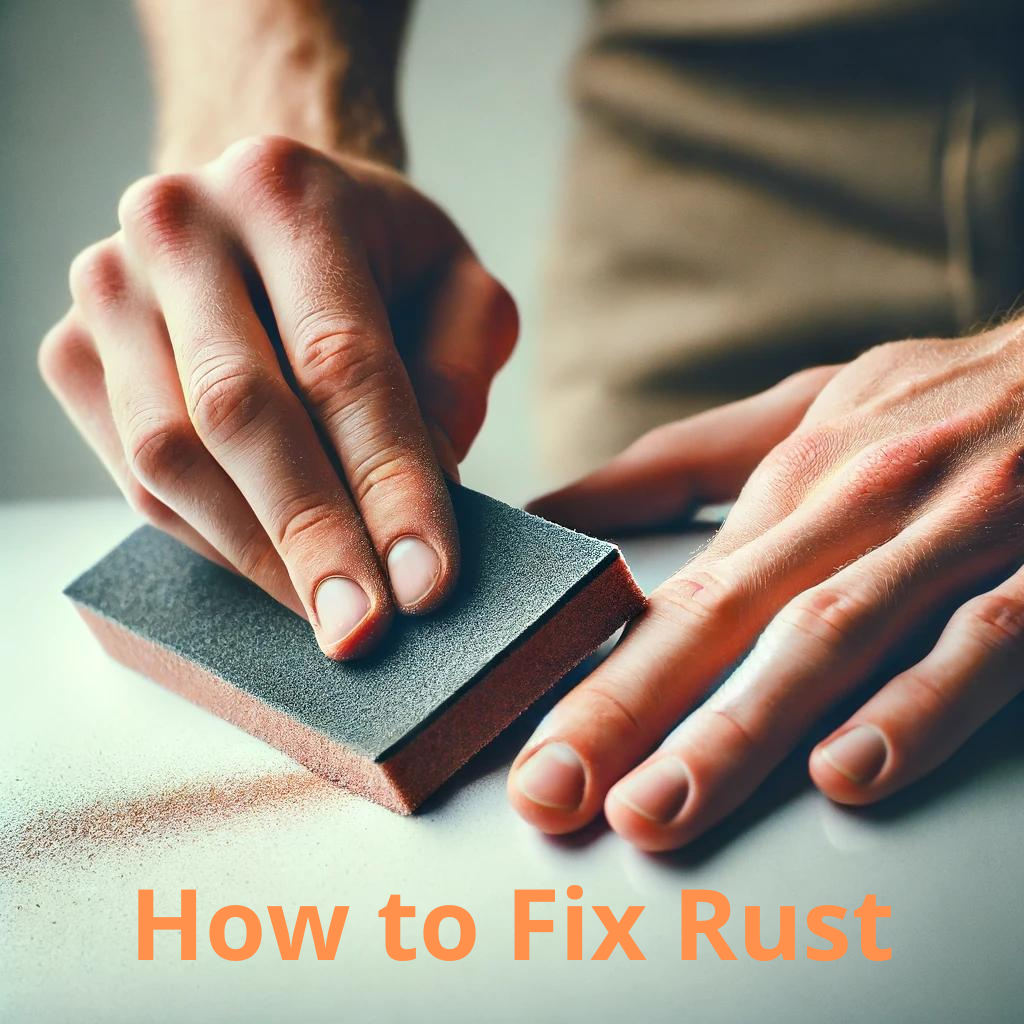Rust can be a persistent problem, especially for vehicles and outdoor metal objects. If left untreated, rust can cause significant damage. This step-by-step guide will help you effectively fix rust and prevent further corrosion.
Why Fix Rust?
- Prevent Structural Damage: Rust weakens metal, potentially leading to structural failure.
- Maintain Appearance: Removing rust improves the aesthetic appeal of your items.
- Extend Lifespan: Proper rust treatment prolongs the life of metal objects.
Tools and Materials Needed
- Sandpaper or wire brush
- Rust remover or converter
- Primer
- Touch-up paint or metal paint
- Clear coat (optional)
- Safety goggles and gloves
- Clean cloths
Steps to Fix Rust
1. Assess the Rust Damage
Before starting, evaluate the extent of the rust damage. This will help you determine the best approach and materials needed.
2. Safety First
Wear safety goggles and gloves to protect yourself from dust and chemicals.
3. Remove Loose Rust
Use sandpaper or a wire brush to remove loose rust and paint from the affected area. Sand until you reach bare, rust-free metal.
4. Apply Rust Remover or Converter
- Rust Remover: Apply a rust remover to dissolve remaining rust. Follow the manufacturer’s instructions for application and wait time.
- Rust Converter: If rust cannot be completely removed, use a rust converter to chemically neutralize it. This creates a stable surface for painting.
5. Clean the Area
Wipe the area with a clean cloth to remove any residue from the rust remover or converter. Ensure the surface is dry and clean before proceeding.
6. Apply Primer
Apply a rust-inhibiting primer to the treated area. This provides a base layer for the paint and helps prevent future rust. Allow the primer to dry completely according to the manufacturer’s instructions.
7. Paint the Area
- Touch-Up Paint: For small areas, use touch-up paint that matches the original color.
- Metal Paint: For larger areas, use a paint designed for metal surfaces. Apply multiple thin coats for best results, allowing each coat to dry before applying the next.
8. Apply Clear Coat (Optional)
For additional protection and a glossy finish, apply a clear coat over the painted area. This helps seal the paint and provides extra durability.
9. Inspect and Maintain
Regularly inspect the treated area for signs of rust reappearing. Promptly address any new rust spots to prevent further damage.
Fixing Rust on Vehicles

Image source
Fixing rust on a car or truck requires specific steps due to the nature of automotive materials and the need for precision.
How to Fix Rust on a Car or Truck
- Identify Rust Spots: Check common areas like wheel wells, fenders, and undercarriage.
- Sand Down Rust: Use sandpaper to remove rust until bare metal is visible.
- Apply Rust Converter: Use a rust converter to treat any remaining rust.
- Prime and Paint: Apply primer and then matching automotive paint.
- Clear Coat: Finish with a clear coat for protection.
Fixing Rust Holes
For more severe rust damage that creates holes:
- Clean the Area: Sand around the rust hole to remove loose rust.
- Patch the Hole: Use a fiberglass patch or automotive body filler.
- Sand and Smooth: Once the filler is dry, sand it smooth.
- Prime and Paint: Apply primer and paint to match the surrounding area.
Preventing Rust
- Keep Metal Surfaces Clean and Dry: Regularly clean and dry metal surfaces to prevent moisture buildup.
- Use Rust Inhibitors: Apply rust inhibitors to vulnerable areas, especially in humid or coastal environments.
- Protective Coatings: Use paint, wax, or sealants to create a barrier against moisture and oxygen.
Conclusion
Fixing rust involves removing loose rust, treating the area with rust remover or converter, and applying primer and paint. By following these steps, you can effectively fix rust and extend the life of your metal objects. Regular maintenance and prevention measures can help keep rust at bay.
FAQs
Can I paint over rust without removing it?
It’s not recommended. Painting over rust without proper treatment will not stop the rust from spreading.
What’s the difference between rust remover and rust converter?
Rust remover dissolves rust, while rust converter chemically neutralizes rust and converts it into a stable compound.
How often should I inspect for rust?
Regularly inspect metal surfaces every few months, especially in high-humidity areas or during seasonal changes.
